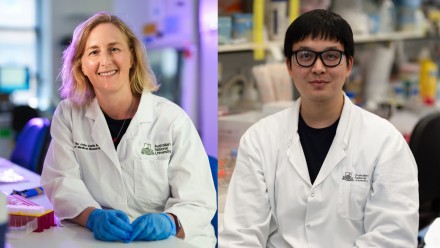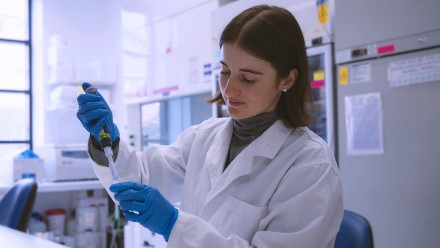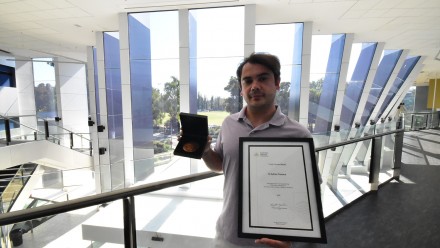Molecular and functional characterisation of the terminal resection (trimming) of small RNA in animal development
Most cellular RNAs undergo post-transcriptional modifications that affect various aspects of RNA life ranging from forming secondary structures, regulating splicing and translation of mRNAs, to controlling RNA degradation.
Recently, we demonstrated that the 3'-to-5' terminal resection (termed trimming) is a key step in piRNA biogenesis and identified the evolutionarily conserved exoribonuclease Nibbler as one of the responsible factors in Drosophila. Nibbler is also known to trim miRNA 3' ends. It is not known how Nibbler is recruited to two distinct classes of small RNA precursors nor is it known whether and how the kinetics is different between piRNA and miRNA trimming. We combine biochemical approaches to Drosophila genetics to characterise this poorly understood step of small RNA biogenesis.
We coincidentally identified an egg-laying behavioural defect in nibbler mutant female flies. Currently, little is known about the physiological role of miRNA trimming and the function of miRNA in animal behaviour. We aim to identify the causative molecular defects to investigate the function of small RNA trimming outside of germline.
Techniques involved: Basic molecular biology and biochemistry, Drosophila genetics and behavioural assays, sequencing techniques such as small RNA-seq and mRNA-seq, and accompanying computational analysis.











